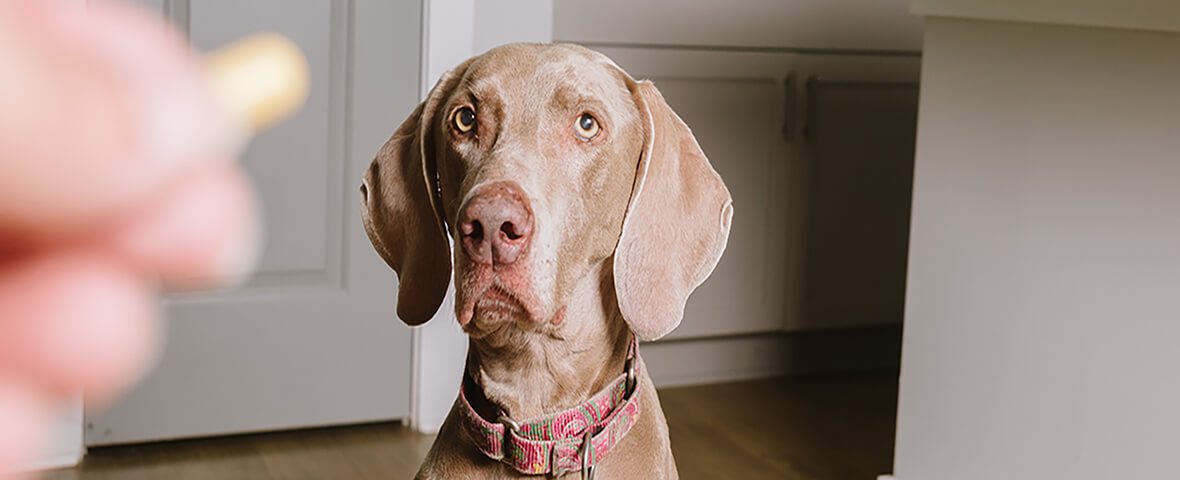What is microvascular free flap surgery?
The skin is the largest organ of the body. It controls body temperature by constricting or dilating small blood vessels on its surface. The skin also prevents invasion of the body by bacteria, viruses and fungi. Without this barrier to the external environment, mammals like humans, dogs and cats would not be able to survive.
Skin consists of multiple layers of cells. The epidermis is the external layer that contains the skin cells. The dermis is deep to the epidermis and contains blood vessels, lymphatics and nerves.
Wounds.
Causes of skin wounds include traumatic accidents, skin tumor removal, radiation burns, thermal burns and chemical burns. When a dog or cat sustains a large wound to the body, many systems are affected. Water, electrolytes and proteins are lost through large wounds. If these imbalances are not dealt with soon after the injury, dehydration, electrolyte imbalances and low blood pressure may cause death. In addition, bacteria can invade into the body via the wound and result in a life-threatening infection in the blood.
Treatment.
 The treatment of choice for your pet’s wound is a microvascular free flap. This procedure is complex and requires specialized training and equipment to successfully perform this procedure.
The treatment of choice for your pet’s wound is a microvascular free flap. This procedure is complex and requires specialized training and equipment to successfully perform this procedure.
BluePearl is one of only a few centers in the U.S. that not only can offer this procedure, but also has excellent success rates. About 92% of the cases will have a successful free flap surgery. Unlike many other techniques used to reconstruct wounds, the microvascular free tissue flap procedure has the advantage of requiring only one surgery to achieve a cosmetic result.
Your pet’s surgeon will first ensure that the wound is in a healthy state so that operation will have the best possible outcome. A muscle flap and skin graft, a skin flap, or combination of a muscle and skin flap may be used to repair the wound. The inner thigh is a very common site that is used to collect a free skin flap.
The procedure involves removing a skin flap and its associated artery and vein from the donor site (an area that has extra skin or a muscle that can be removed without ill effects to the patient); transferring the flap to the wound that needs to be reconstructed; reconnecting the artery and vein of the flap to vessels adjacent to the wound using microsurgical techniques; and suturing the flap to the edges of the wound.
Contact your nearest BluePearl hospital to see if this procedure is available.


